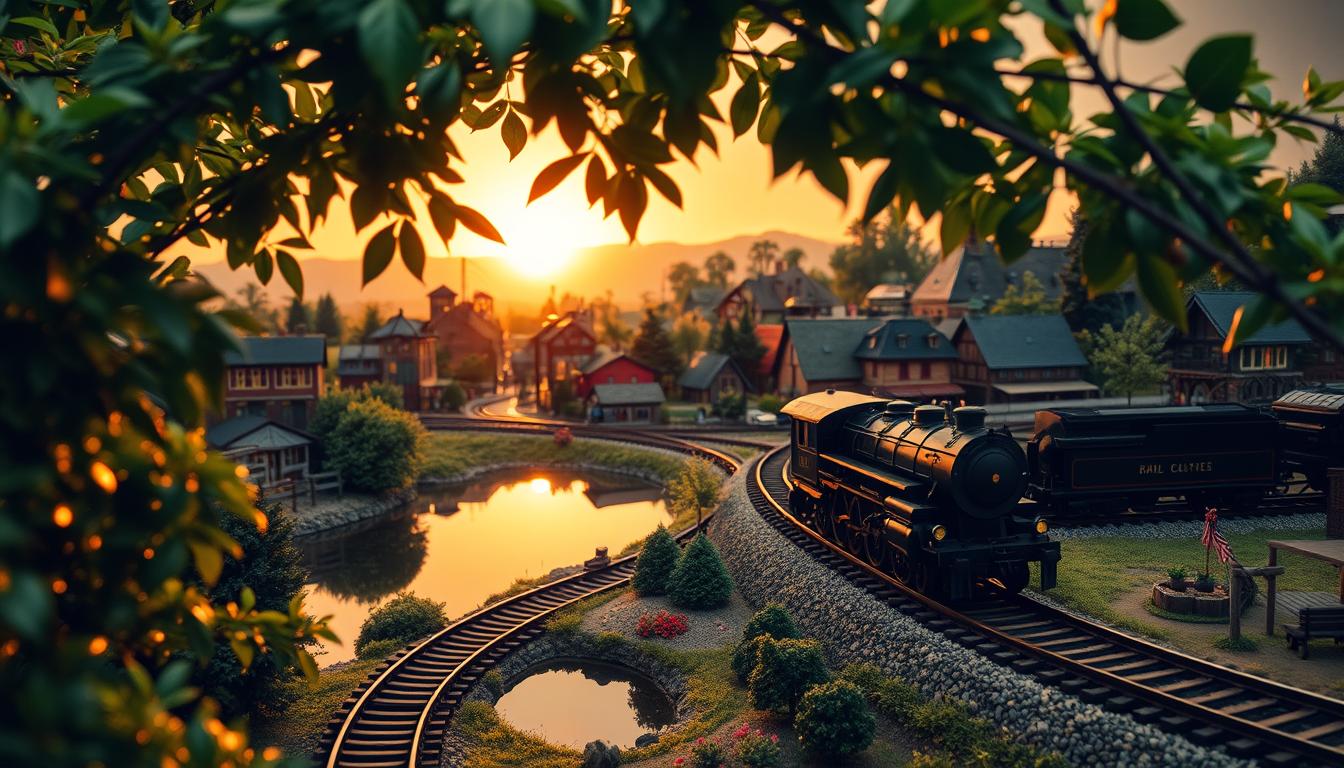




Privacy Policy: We hate SPAM and promise to keep your email address safe



HO scale (1:87) is ideal for newcomers due to its balance of detail, affordability, and availability. It fits most spaces and offers diverse track layouts. N scale (1:160) suits smaller areas, while O scale (1:48) is great for detailed setups. Choose based on space, budget, and personal preference.
Start by sketching your space and choosing a theme (e.g., mountain, cityscape). Use layout software or templates to design track routes, inclines, and scenery zones. Prioritize smooth curves, proper clearances, and accessible wiring. Test with temporary tracks before finalizing.
Use a track-cleaning rubber or lint-free cloth lightly dampened with isopropyl alcohol. Avoid abrasive materials. Clean wheels and tracks regularly to prevent dirt buildup, which can cause electrical issues. For stubborn grime, try specialized track-cleaning solutions.
Incorporate details like weathered buildings, miniature figures, and natural scenery (trees, grass). Use lighting for depth, add graffiti to freight cars, and include subtle sounds (e.g., station announcements). Weather locomotives with rust or paint chips for authenticity.
Check track alignment and ensure curves match your train’s minimum radius. Tight curves can cause wheel flanges to catch. Lubricate wheels and axles lightly, and verify coupler heights. Test trains at slow speeds to identify friction points.
DC powers trains via variable voltage on tracks, limiting multi-train control. DCC (Digital Command Control) sends signals to decoders in each locomotive, allowing independent speed, direction, and lighting control on the same track. DCC is preferred for advanced layouts.
Use acrylic washes, dry-brushing, or airbrushing for subtle effects. Start with light layers and reference real-life wear patterns. Seal finishes with matte varnish. Avoid over-weathering—less is often more. Practice on spare parts first.
Start with a basic set, then expand gradually. Use DIY scenery (e.g., foam hills, homemade trees). Shop second-hand for trains and tracks. Focus on core elements before adding electronics. Join clubs for shared resources and advice.
Use separate power districts for large layouts to avoid voltage drops. Connect feeders every 3-4 feet for consistent current. Label wires and keep them organized under the board. Test connections with a multimeter. For DCC, follow decoder instructions carefully.
Yes, but ensure compatibility in scale, coupler type, and track gauge. Some brands (e.g., Bachmann, Kato) use standardized measurements, while others may need adapters. Test fit pieces before permanent installation. Check forums for brand-specific tips.

Privacy Policy: We hate SPAM and promise to keep your email address safe